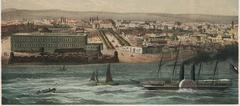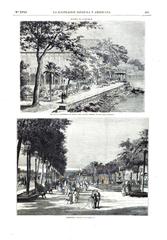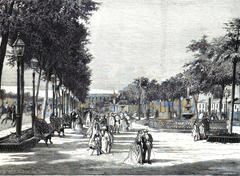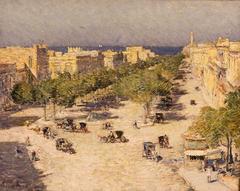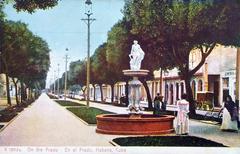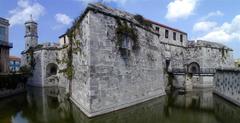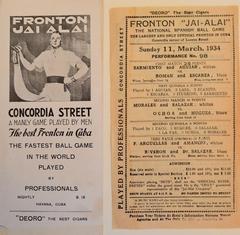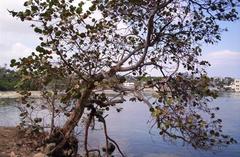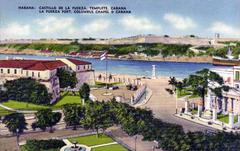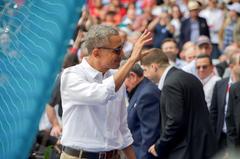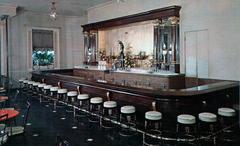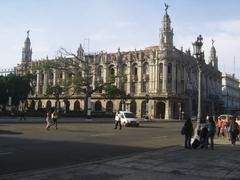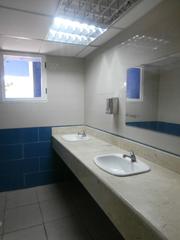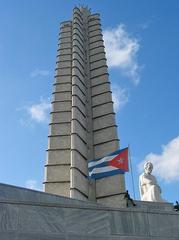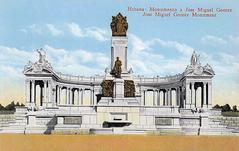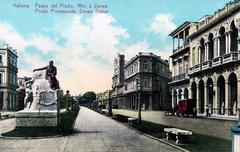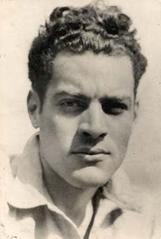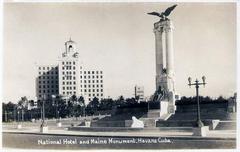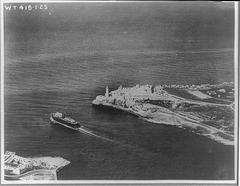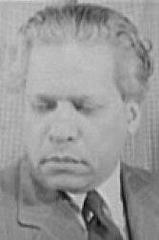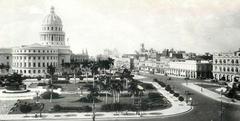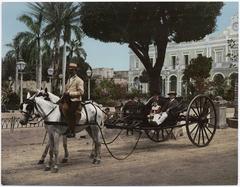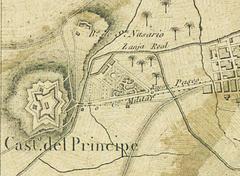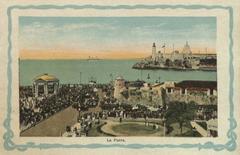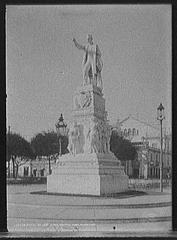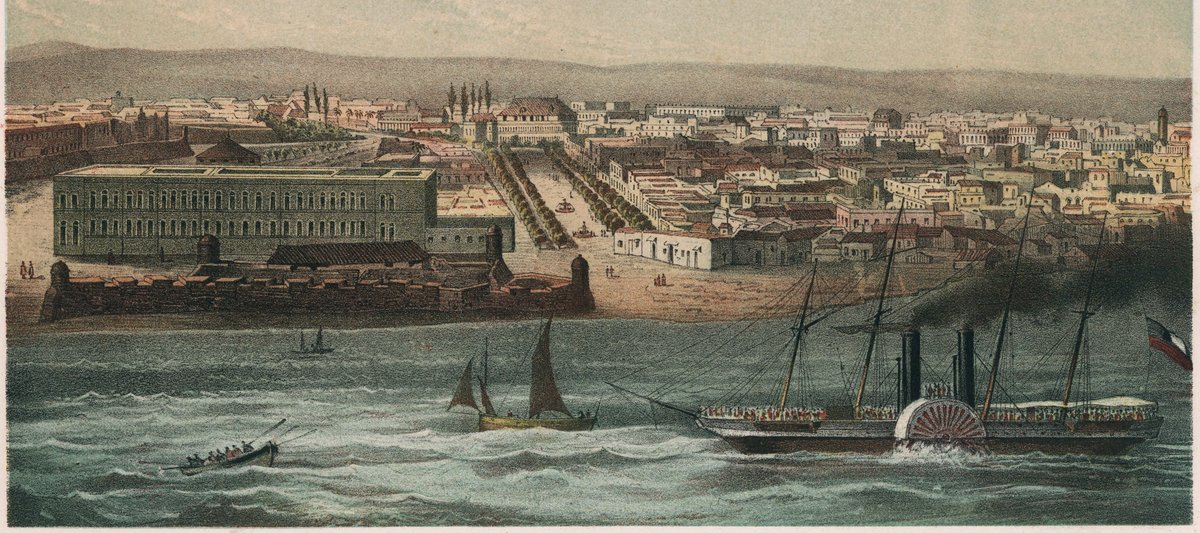
Paseo del Prado Havana: Visiting Hours, Tickets, and Travel Guide
Date: 15/06/2025
Introduction
Paseo del Prado, also known as Paseo de Martí, stands as one of Havana’s most iconic boulevards, blending centuries of architectural heritage, vibrant community life, and a dynamic urban spirit. Stretching from the Malecón seawall to the Fuente de la India fountain, this historic avenue forms a symbolic boundary between Old Havana and Central Havana, offering visitors a unique window into Cuba’s colonial past, urban evolution, and living culture (lujocuba.com; wikipedia; thecubanhistory.com).
This guide provides a comprehensive overview of Paseo del Prado’s history, architectural highlights, practical visiting information, and cultural significance. Whether you’re an architecture lover, a history enthusiast, or a traveler seeking authentic local experiences, read on to discover everything you need to know for your visit.
Historical Overview
Colonial Origins and Urban Expansion
Paseo del Prado was established in the late 18th century as Havana expanded beyond its original defensive walls. Ordered by Captain General Marqués de la Torre in 1772, it was first called the Alameda de Extramuros and later Paseo de Isabel II during the Spanish colonial era (wikipedia; lujocuba.com). The avenue was designed as a European-style promenade, lined with trees, marble benches, and a central walkway—quickly becoming the city’s fashionable gathering place.
19th and Early 20th Century: Social and Architectural Flourish
In the 19th century, the Prado became a symbol of prestige for Havana’s elite, with grand mansions and public buildings rising along its length (Tykocih Kihlstedt). Its transformation reached a high point in 1928, when French landscape architect Jean-Claude Nicolas Forestier was commissioned to redesign the boulevard. Forestier’s vision introduced marble walkways, wrought-iron street lamps, and the now-famous bronze lion statues—crafted from melted colonial cannons—to evoke the grand promenades of Europe while reflecting Havana’s unique identity (nypl.org; fotosdlahabana.com).
Revolutionary Era and Restoration
After Cuba’s independence, the Prado was renamed Paseo de Martí. The mid-20th century brought both suburban migration and the Cuban Revolution, leading to the neglect of some buildings. However, since the 1990s, restoration initiatives—spurred by Old Havana’s UNESCO World Heritage status—have revitalized the avenue, restoring its social and architectural vibrancy (medium.com).
Architectural and Urban Highlights
Promenade Design
The Prado’s urban design is defined by:
- Wide marble and terrazzo walkways shaded by mature trees.
- Ornate benches and wrought-iron lamp posts from Forestier’s 1928 renovation.
- Eight bronze lion statues—a beloved symbol of Havana (lahabana.com; thecubanhistory.com).
Notable Landmarks
- Gran Teatro de La Habana: Renowned for its neo-Baroque architecture and home to the Cuban National Ballet (travelswithtalek.com).
- Capitolio Nacional: A striking neoclassical and Art Deco monument anchoring the southern end (fotosdlahabana.com).
- Hotel Inglaterra: Havana’s oldest hotel, with ornate balconies and historic ambiance.
- Iberostar Parque Central and Gran Packard: Modern luxury hotels offering panoramic views.
- Historic mansions: Lining the boulevard in neoclassical, Art Nouveau, and eclectic styles, many in various states of restoration and use.
Public Spaces
Small plazas along the promenade host art exhibitions, street performances, and weekend markets, making the Prado a dynamic social and cultural artery (thirdeyemom.com).
Cultural and Social Life
Paseo del Prado is a lively stage for Havana’s street life and cultural expression:
- Artists and musicians: Regularly perform and display their work, especially on weekends.
- Street fairs and markets: Offer crafts, paintings, and souvenirs.
- Community gatherings: Locals and visitors alike stroll, socialize, and celebrate public events, from parades to spontaneous festivities (thetouristchecklist.com).
Its proximity to major cultural institutions—such as the Gran Teatro and Museo Nacional de Bellas Artes—enhances its role as a central cultural corridor.
Visiting Information
Visiting Hours
- Paseo del Prado is open 24/7 as a public boulevard.
- Best time to visit: Daylight hours, preferably early morning or late afternoon for cooler temperatures and vibrant activity.
Tickets and Entry
- No entrance fee: The promenade is freely accessible.
- Nearby attractions (such as Gran Teatro or Capitolio) may require separate tickets.
Guided Tours
- Walking tours: Available through various operators and often include the Prado as part of broader Old Havana explorations.
- Classic car tours: Start or end at the Prado, offering a unique way to see the city.
Accessibility
- Pedestrian-friendly: Wide, mostly flat walkways; benches for resting.
- Wheelchair access: Generally good along the promenade, though some historic buildings may pose challenges.
Travel Tips
- Safety: Havana is generally safe, especially in busy areas. Exercise standard caution with valuables.
- Lighting: Occasional power outages may affect street lighting—carry a flashlight for evening visits.
- Currency: Cash (CUP) is preferred; ATMs can be unreliable.
- Weather: Early morning and late afternoon visits are best to avoid midday heat.
- Dining: Nearby paladares such as La Guarida and San Cristobal offer high-quality meals; reservations recommended.
What to See and Do
- Admire architecture: From restored mansions to faded grandeur, the Prado offers a cross-section of Havana’s building styles.
- Photograph the lions and street life: Best light is during golden hours; always ask permission before photographing people.
- Enjoy art fairs and music: Especially vibrant on weekends.
- Relax on a marble bench: Soak in the local atmosphere and people-watch.
- Start a classic car tour: Many begin near the Capitolio at the Prado’s northern end.
Nearby Attractions
- Malecón: Havana’s famed seaside promenade, perfect for sunset views.
- Parque Central: A lively hub linking the Prado with Old Havana.
- Old Havana (Habana Vieja): UNESCO-listed streets and plazas within easy walking distance.
- Revolution Square: Often included in classic car tours.
- Museums and Theaters: Including the Museo Nacional de Bellas Artes and Gran Teatro de La Habana.
Practical Advice
- Power outages: Bring a flashlight if visiting after dark.
- Street vendors: Offer snacks and refreshments.
- Public transport: Not always reliable—walking and taxis are recommended.
- Health: Drink bottled water; bring medications as pharmacy supplies may be limited.
- Cultural etiquette: Tipping musicians and street artists is customary.
Visuals and Media
For an enriched experience, explore virtual tours and image galleries on official tourism websites (lahabana.com). Photographers will find the Prado especially rewarding in the soft morning or late afternoon light.
Frequently Asked Questions (FAQ)
Q: What are the visiting hours of Paseo del Prado?
A: It is open 24/7, but daylight hours are ideal.
Q: Is there an entrance fee?
A: No, it is a public space with free access.
Q: Are guided tours available?
A: Yes, both walking and classic car tours are available.
Q: Is the Prado wheelchair accessible?
A: The promenade is largely accessible; some adjacent sites may have barriers.
Q: Can I find food and drinks on the Prado?
A: Street vendors are common; restaurants are nearby but not directly on the promenade.
Emergency Contacts
- Police: 106
- Ambulance: 104
- Tourist Assistance: Available at major hotels and through official tour operators.
Summary and Recommendations
Paseo del Prado is an essential Havana destination—an elegant avenue where history, architecture, and community life converge. Its free, open access, rich tapestry of landmarks, and lively street culture make it ideal for all visitors. To make the most of your experience:
- Visit during daylight for the best ambiance and safety.
- Consider a guided tour for historical context.
- Take time to enjoy art, music, and people-watching.
- Explore nearby sites for a deeper dive into Havana’s heritage.
For self-guided tours, offline maps, and insider tips, download the Audiala app. Stay updated on local events and connect with other travelers by following official tourism channels and related social media.
Official Links and Resources
- Paseo del Prado, Havana – Lujocuba
- Paseo del Prado, Havana – Wikipedia
- Walk the Historic Paseo del Prado – NYPL
- The Paseo del Prado – The Cuban History
- Paseo del Prado – Medium
- Havana Cuba Architecture – Tykocih Kihlstedt
- Along the Prado – Thirdeyemom
- Things to Do in Havana, Cuba – The Tourist Checklist
- Paseo del Prado Calles de la Habana – Fotos de la Habana
- Paseo del Prado Guide – La Habana
- 10 Unique Havana Cuba Experiences – Travels with Talek
